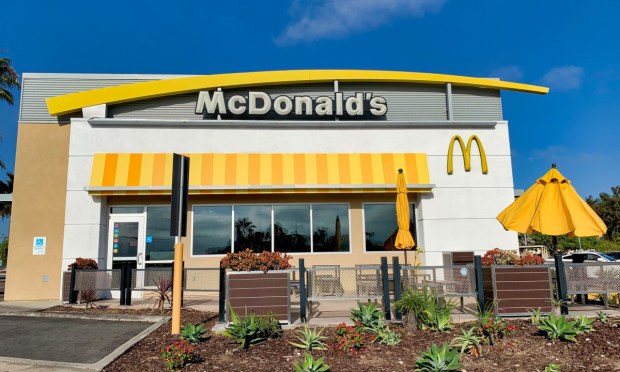Fast Food Brands See Drastic Drop in Dine-In Orders

The typical McDonald’s dining area is a lonely place these days.
The fast food giant hasn’t seen sales drop, but as The Wall Street Journal reported Monday (Aug. 7), most of those meals aren’t being eaten inside a McDonald’s.
In fact, dine-in customers make up under 10% of visits to McDonald’s, the report said, citing data from franchisees. Before the COVID pandemic, that number was around 25%.
It’s not just McDonald’s, the WSJ notes. Fast food diners nationwide ate 14% of their orders in the restaurant during the first five months of the year, down from 21% pre-COVID.
These findings are in keeping with PYMNTS research that shows off-premises channels now account for about half of all sales across the restaurant industry.
The study “Connected Dining: Rising Costs Push Consumers Toward Pickup,” which drew from a survey of more than 2,100 U.S. consumers, revealed that 39% of restaurant customers had placed their last order for pickup, and just 10% did the same for delivery.
“Plus, it seems that over the next few decades, the industry will shift even more toward off-premises channels, given that these are favored by younger consumers,” PYMNTS wrote last month. “Just 42% of Gen Z diners and 41% of millennials reported having ordered their most recent restaurant meal for on-site consumption.”
To address this trend, many quick-service restaurants are saving on real estate by reducing on-site seating areas or simply getting rid of their dining rooms.
For example, Chick-fil-A announced recently that it is opening its first drive-thru-focused location with no dine-in options in Honolulu, Hawaii. This restaurant includes a two-lane drive-thru with one for ordering and the other for mobile order-ahead pickup, plus three walk-up windows for customers on foot.
Elsewhere, the Tim Hortons coffeehouse chain announced the launch of its own small-format, drive-thru-only concept, opening in a handful of states this summer.
Even casual dining brands are being forced to deal with the rise of off-premises, Sal Melilli, CEO of Hooters of America, told PYMNTS in an interview in March.
“I would say that the biggest change has been the consumer shift, with the advent of fast-casual dining,” Melilli said. “The consumer’s more on the go. The consumer’s more on demand. So, hence the ability to get food delivered.”
This doesn’t mean anyone should start writing obituaries for the fast-food dining room. The WSJ report says fast food chains like McDonalds and Burger King are investing heavily — or requiring their franchisees to do so — in updating the customer-facing parts of the business.
